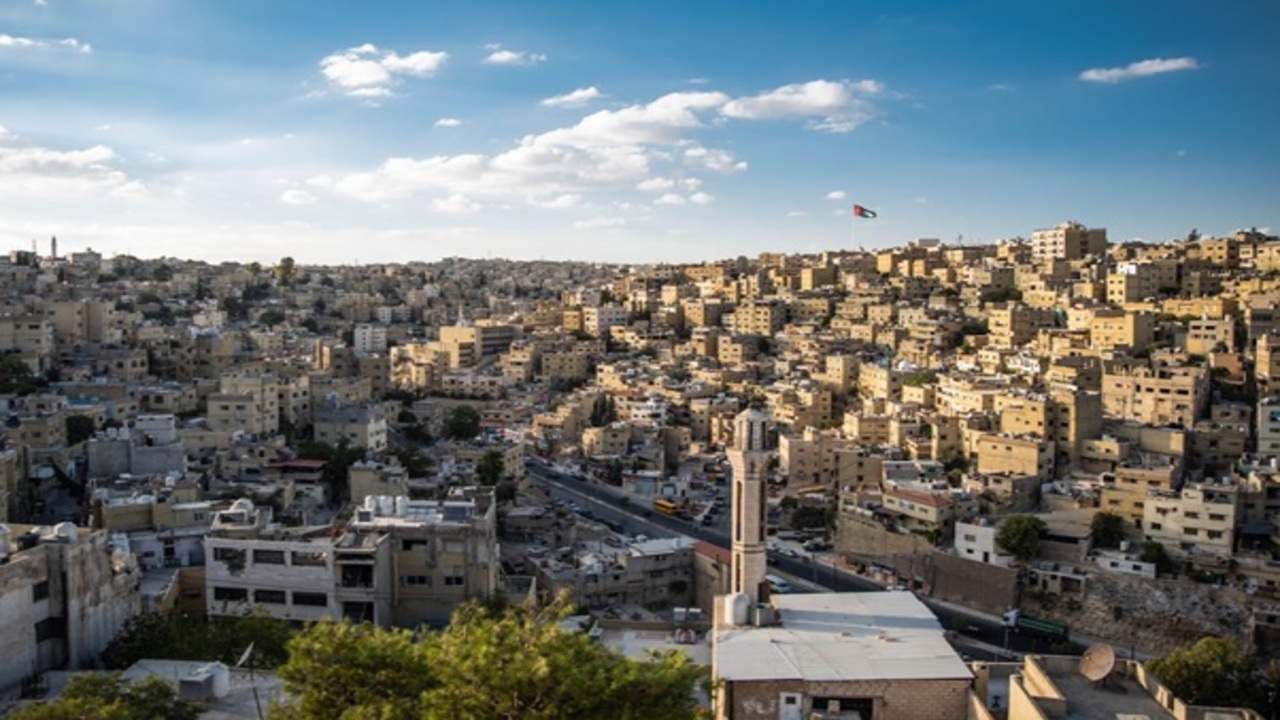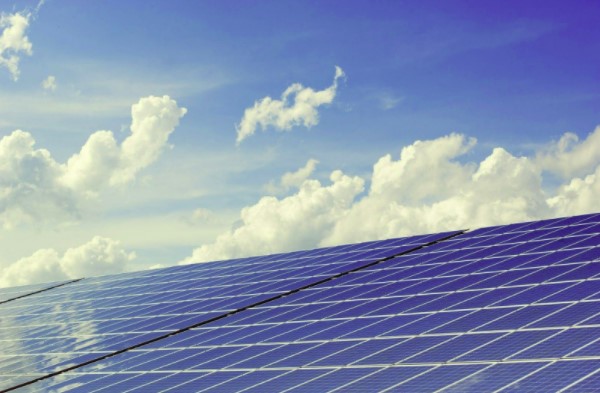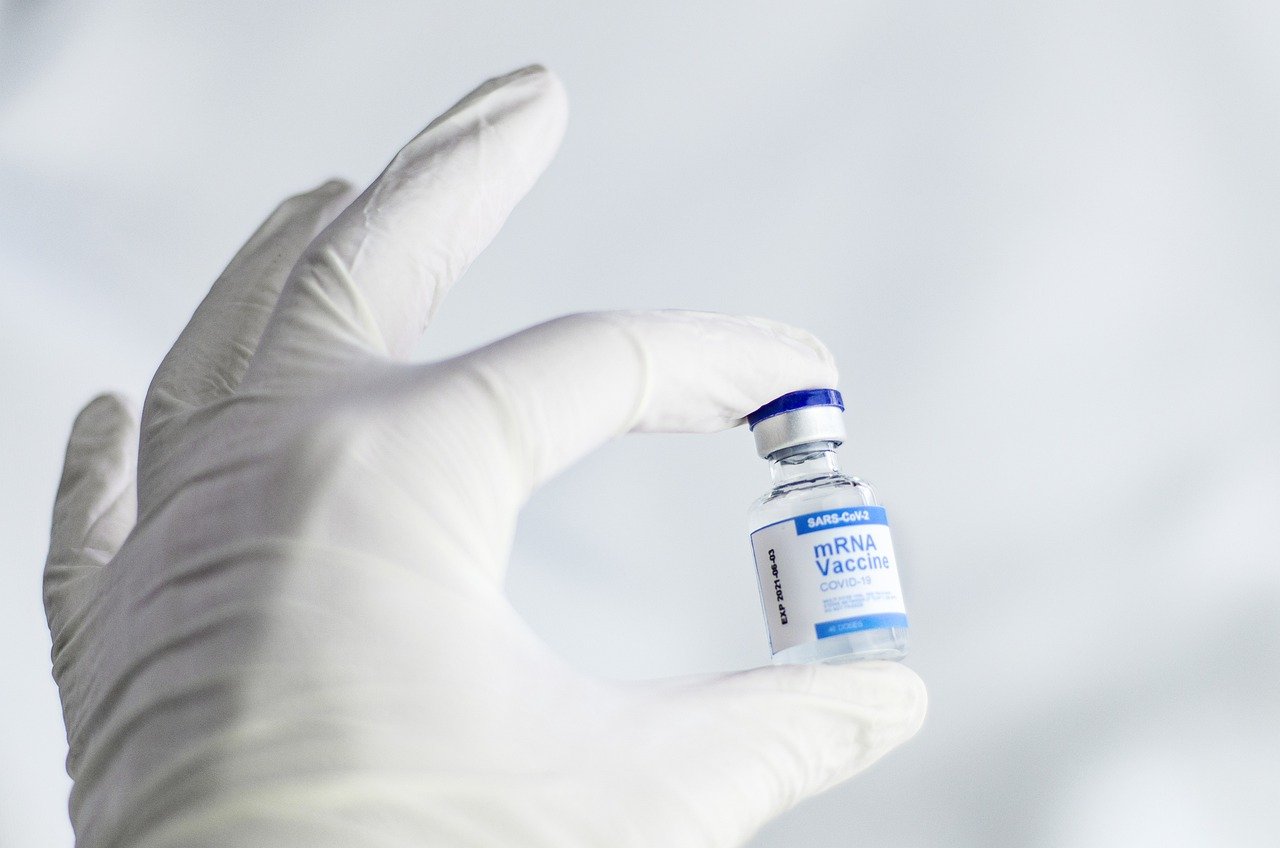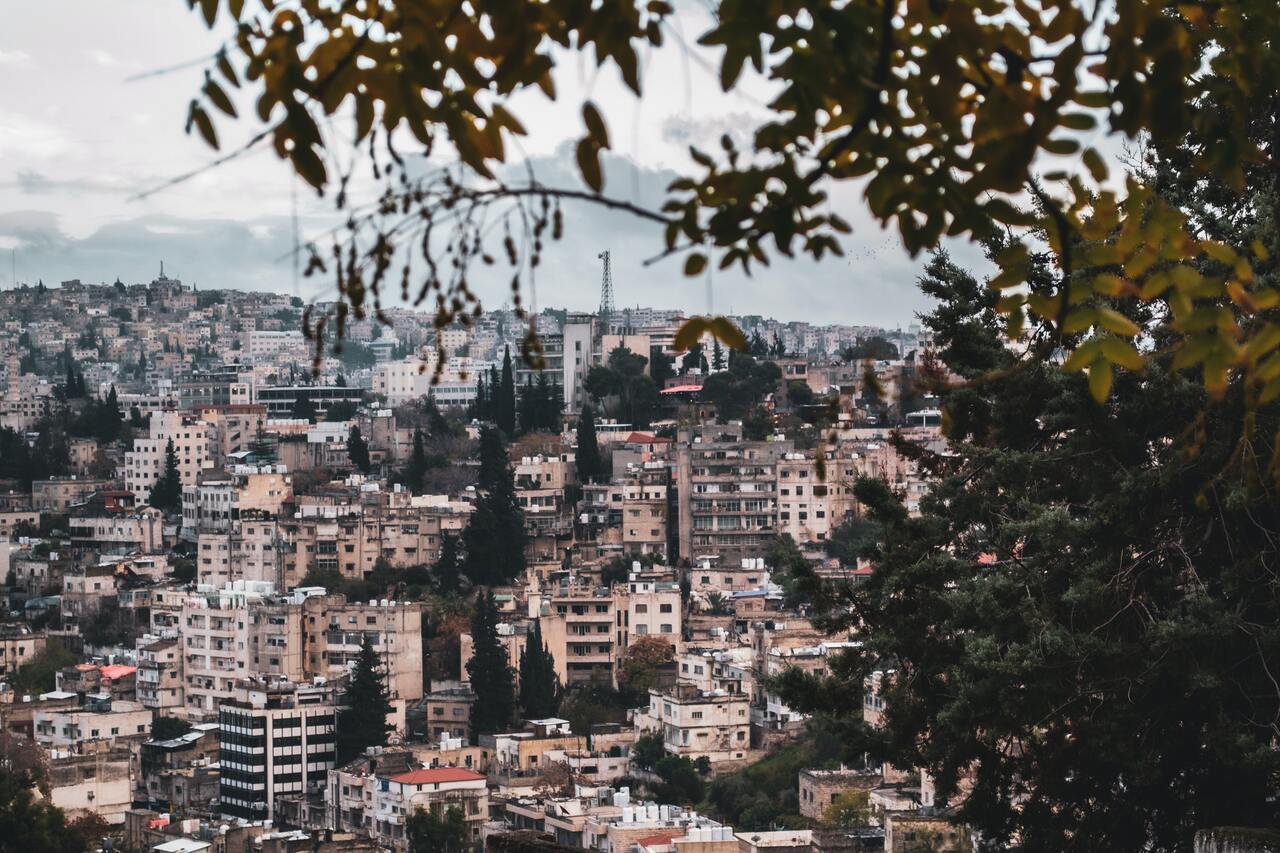Investment in renewable energy in Jordan is expected to exceed the USD 4 billion mark by 2021 and cover a fifth of the Kingdom’s electricity needs by 2020. As stated by the Minister of Energy and Mineral Resources, Hala Zawati, renewable energy is an important contributor to mitigate the costs of imported energy which constituted 10% of Jordan’s GDP in 2018. The Kingdom imports nearly 98% of its energy needs and has long relied on gas, heavy fuel oil and diesel to run its power plants. The official data from the government recorded that Jordan pays more than USD 4.5 billion on oil imports alone each year.
The Minister emphasized that renewable energy is no longer a luxury and inefficient in cost and is able to compete with other forms of energy, driven by technological development. Currently, renewable energy projects in the Kingdom provide a total of 1,100 megawatts of electricity and constituted 10% of Jordan’s electricity production in 2018. The ministry expects this figure of clean energy to increase by 20% by 2020.
Solar Energy
Solar energy has become the focus of Jordan’s energy investments, with more than 300 days of sunshine each year. The Kingdom is endowed with an abundance of solar energy with 5 to 7 kilowatt-hours/m2 annual daily average solar irradiance on a horizontal surface range, one of the highest figures in the world. Around 716 megawatts of solar photovoltaic (PV) power are currently in operation in Jordan, as well as an additional 636 megawatts of solar PV is under construction.
The opening of Shams Ma’an Power Plant, the second largest solar farm in the region, in the year 2016 marked that the Kingdom has officially taken its place on renewable energy map. The farm consists of 640,000 panels, spanning 2sqm of desert land in the Southern city of Ma’an, costing an estimated USD 170 million to build. Shams Ma’an Power Plant is capable to generate 1% of the country’s total production of electricity.
In addition to that, Jordan has also been setting green benchmarks through the implementation of the world’s largest solar project inside a refugee camp since 2018. Za’atari Camp provides 12,9-megawatt plant for 80,000 Syrian refugees with clean and free electricity. Around 13,000 metric tonnes of carbon dioxide emissions per annum are also reduced, amounting approximately to 30,000 barrels of oil. The initiative helps the United Nations Refugee Agency (UNHCR) to save an estimated USD 5.5 million per year.
Wind Power
Jordan has significant wind energy resources that are the potential to be exploited for power generation. Some areas in the northern and western regions of the Kingdom have wind speeds that exceed 7 meters/second according to its Wind Atlas. There are approximately 270 megawatts of current wind power are in operation, as well as 334 megawatts are under construction. As pointed out by the Minister, Jordan is currently working on implementing the objectives of the energy strategy, which was approved in 2007, to use the wind energy to generate 2,400 megawatts by 2020.
Minister Zawati inaugurated one of the newest and biggest wind power plants in the Tafila governorate, southwest of Amman in November 2018 with a total cost of USD 102 million. The project is expected to produce nearly 400 gigawatt-hours annually with an installed capacity of 117 megawatts, slashing carbon emissions by 224,000 tonnes per year. Moreover, the landmark is the first of its kind in Eastern Europe, Middle East and North African to apply international standards and guides that exceeded national regulatory requirements and set the foundation for future wind-energy projects in Jordan.



